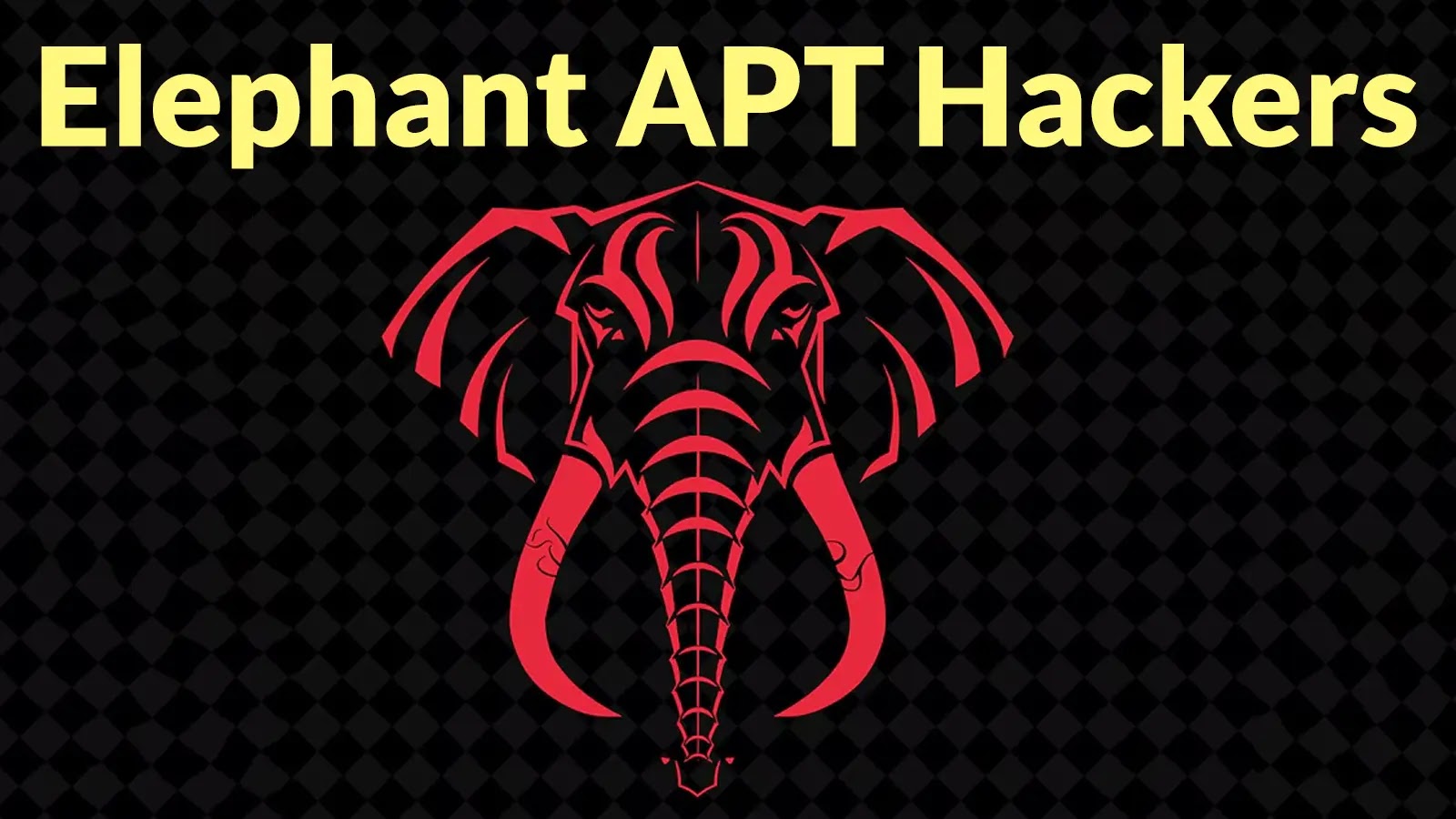
Mysterious Elephant APT Hackers Infiltrate Organization to Steal Sensitive Information
Unmasking the Mysterious Elephant: A New APT Threat to Asia-Pacific Institutions
In the complex and often shadowy world of cyber warfare, new adversaries constantly emerge, refining their tactics and tools to achieve their objectives. One such formidable advanced persistent threat (APT) group, dubbed Mysterious Elephant, has recently surfaced, posing a significant risk to government and diplomatic entities across the Asia-Pacific region. Understanding their modus operandi, their arsenal, and effective countermeasures is paramount for safeguarding critical information and national security.
Who is Mysterious Elephant and What Are Their Targets?
First brought to light by Kaspersky’s Global Research and Analysis Team (GReAT) in 2023, the Mysterious Elephant APT group distinguishes itself through its persistent and sophisticated approach. Their primary targets are diplomatic and government institutions within the Asia-Pacific region. This focus suggests a strategic objective beyond conventional financial gain, likely involving espionage, intelligence gathering, or undermining geopolitical stability.
The Mysterious Elephant’s Toolkit: Custom Malware and Sophisticated Operations
Mysterious Elephant is not an amateur club. Their operations demonstrate a high level of technical proficiency, leveraging a blend of custom-built malware and modified, publicly available tools. This hybrid approach allows them both stealth and flexibility, adapting their methods to specific target environments. While the exact names and functionalities of their custom malware are under ongoing analysis, their reliance on bespoke solutions indicates a dedicated development effort aimed at evading traditional security solutions.
Their attack methodology often involves meticulous reconnaissance and social engineering tactics to gain initial access. Once inside a network, they employ advanced techniques for lateral movement and persistence, ensuring long-term access to sensitive data. The refinement of their toolkit since 2023 indicates an active and evolving threat, consistently improving their ability to infiltrate and exfiltrate information.
Recognizing the Indicators of Compromise (IoCs)
Early detection is crucial in mitigating the impact of an APT attack. While specific IoCs for Mysterious Elephant are still being widely disseminated and updated by threat intelligence communities, organizations should be vigilant for:
- Unusual network traffic patterns, particularly outbound connections to unknown or suspicious IP addresses.
- Anomalous user account activity, such as logins from unexpected locations or at unusual times.
- Presence of unknown or digitally unsigned executables on systems.
- Malicious email attachments or links exhibiting characteristics of spear-phishing campaigns.
- Elevation of privileges on user accounts without proper authorization.
Remediation Actions and Proactive Defense Strategies
Defending against an APT group like Mysterious Elephant requires a multi-layered and proactive cybersecurity strategy. Organizations in targeted sectors must implement robust defenses and foster a culture of security awareness. Here are key remediation and preventative actions:
- Implement Strong Endpoint Detection and Response (EDR) Solutions: EDR tools can help detect and respond to advanced threats by monitoring endpoint activities, identifying anomalous behavior, and providing forensic capabilities.
- Enhance Network Segmentation: Isolate critical systems and data repositories to limit lateral movement in case of a breach. This minimizes the blast radius of an attack.
- Regular Security Audits and Penetration Testing: Proactively identify vulnerabilities in your infrastructure before attackers can exploit them.
- Employee Security Awareness Training: Educate staff on the dangers of phishing, social engineering, and the importance of strong password practices. Human error remains a significant initial vector for APTs.
- Patch Management: Apply security patches and updates promptly to all operating systems, applications, and network devices. Exploitation of known vulnerabilities, even older ones like CVE-2023-XXXXX (placeholder for a potential future CVE related to their activities), can still be a primary access method.
- Implement Multi-Factor Authentication (MFA): Mandate MFA for all access points, especially for privileged accounts and remote access, significantly reducing the risk of unauthorized access due to compromised credentials.
- Threat Intelligence Sharing: Actively participate in threat intelligence sharing communities and leverage feeds from reputable cybersecurity firms to stay informed about emerging threats and IoCs.
Tools for Enhanced Security Posture
| Tool Name | Purpose | Link |
|---|---|---|
| CrowdStrike Falcon Insight | Endpoint Detection & Response (EDR) | CrowdStrike |
| Palo Alto Networks Cortex XDR | Extended Detection & Response (XDR) | Palo Alto Networks |
| Splunk Enterprise Security | SIEM & Security Analytics | Splunk |
| Nessus Professional | Vulnerability Scanning | Tenable |
Protecting Critical Assets from Evolving Threats
The emergence of the Mysterious Elephant APT group underscores the perpetual cat-and-mouse game in cybersecurity. Their continuous refinement of their toolkit and targeted approach necessitates a vigilant and adaptable defense posture from organizations, particularly those in the government and diplomatic sectors within the Asia-Pacific region. By understanding their methods, proactively implementing robust security measures, and fostering a strong security culture, we can collectively work to neutralize the threat posed by this elusive adversary and safeguard sensitive information from their sophisticated infiltration attempts.





